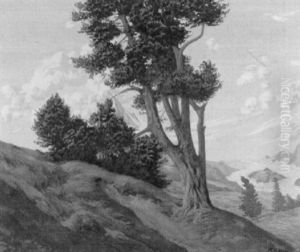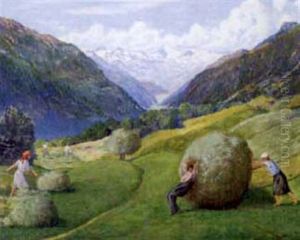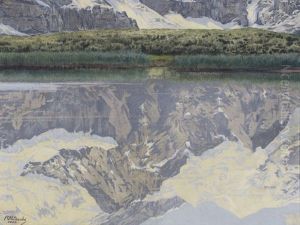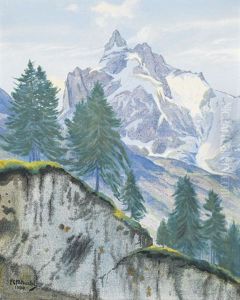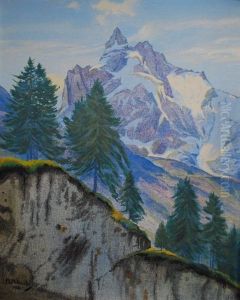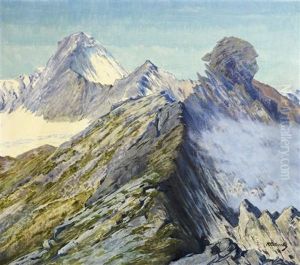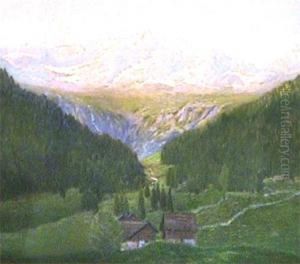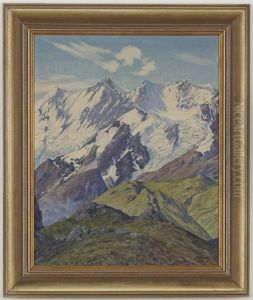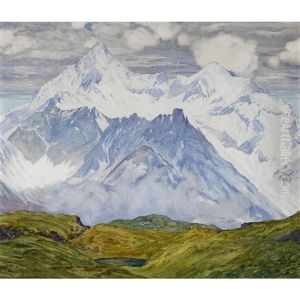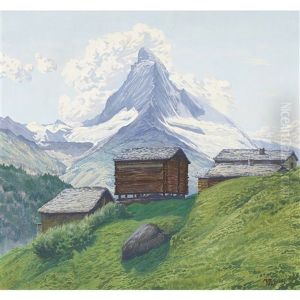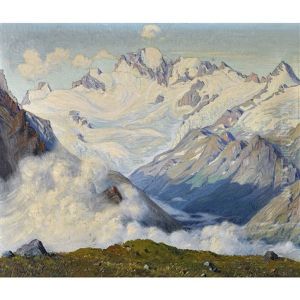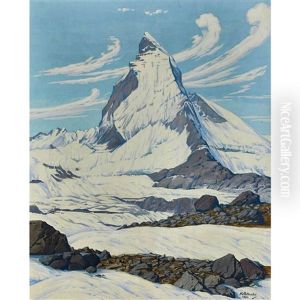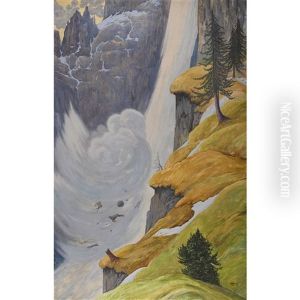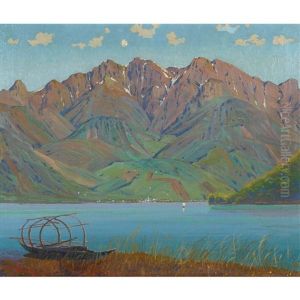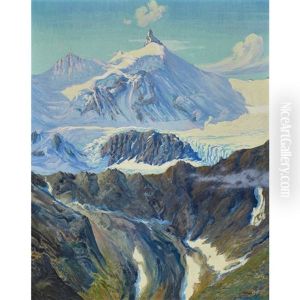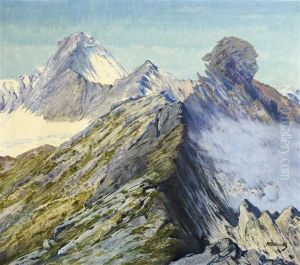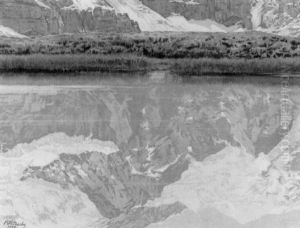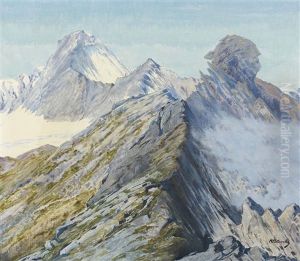Remo Patocchi Paintings
Remo Patocchi was a Swiss-Italian painter and graphic artist known for his contributions to the Swiss art scene in the 20th century. Born on September 8, 1902, in Chiasso, Switzerland, Patocchi grew up in a region where Italian cultural influences were strong, which would later be reflected in his art. He was an artist who worked across various media, including painting, drawing, and printmaking.
His education in the arts began at the Brera Academy in Milan, Italy, where he studied under the guidance of prominent Italian painters of the time. Patocchi's work was influenced by the Italian tradition, but he also absorbed elements from other European art movements. He was particularly known for his lithographs and woodcuts, which often depicted landscapes, urban scenes, and social themes with a distinctive stylistic approach that combined realism with expressionistic touches.
Throughout his career, Patocchi exhibited his work in various galleries and museums, gaining recognition both in Switzerland and abroad. His art was marked by a keen observation of everyday life, with a special sensitivity to the nuances of light and shadow. This quality gave his landscapes and cityscapes a sense of depth and atmosphere that viewers found engaging.
Although Patocchi's work was well-received, he remained a somewhat peripheral figure in Swiss art history, overshadowed by the more dominant movements and figures of his time. Nevertheless, his dedication to his craft and his unique visual language have ensured that his work has continued to be appreciated by art enthusiasts and collectors.
Remo Patocchi's contribution to the art world continued until his death on November 9, 1968, in Chiasso. His legacy is preserved through his artworks, which remain a testament to his skill and artistic vision. Patocchi's life and work are also remembered for capturing the essence of the Swiss-Italian border region's cultural landscape during a period of significant change and development in European art.

